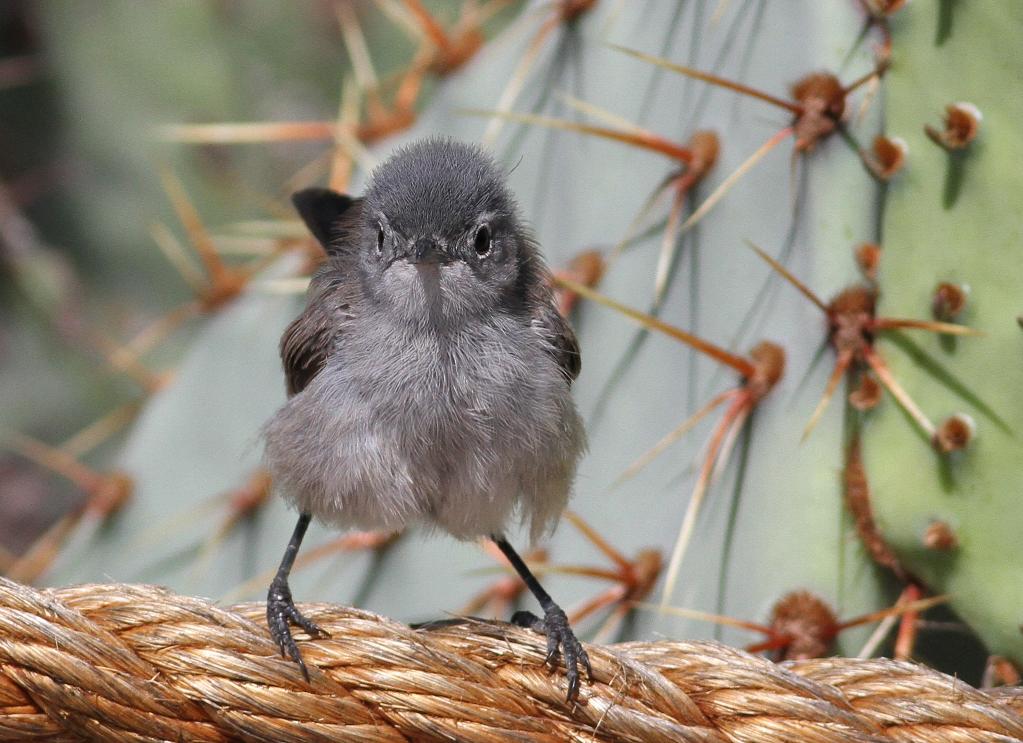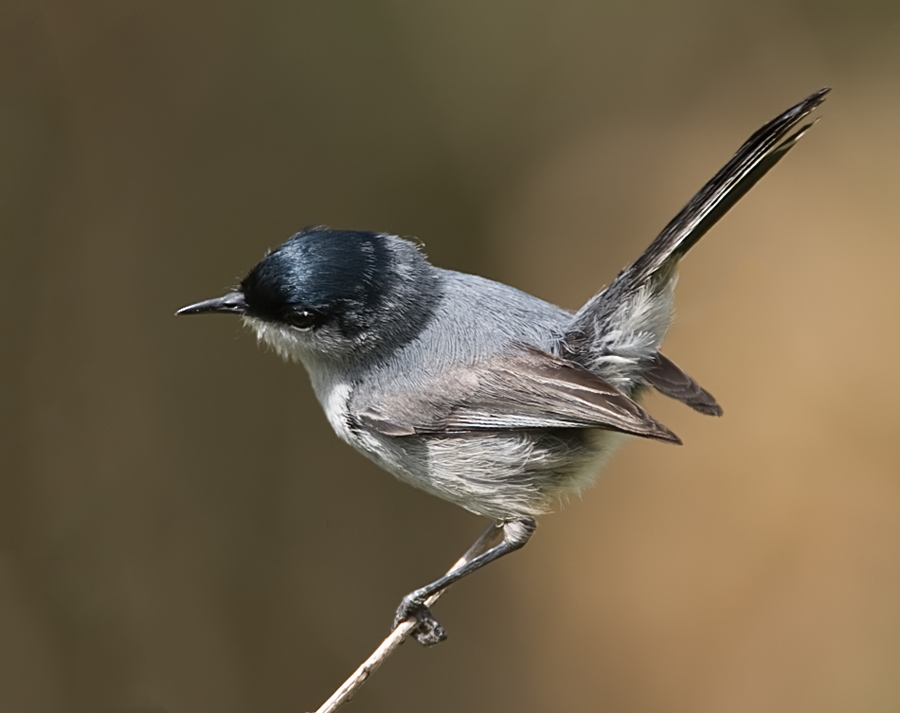San Elijo Lagoon Inlet Facing Possible Closure
Follow ( 0 Followers ) X Follow E-mail : * Follow Unfollow

The more our indigenous plants flourish, the more that conservation-listed animals in California get to reside in their life-giving habitats.
Beginning in September, we embark on a new restoration project in the Stonebridge Mesa and Santa Carina areas in San Elijo Lagoon Ecological Reserve.
Our actions will restore 38-acres of coastal sage scrub habitat that is home to the federally endangered California Gnatcatcher, while also providing adaptation and resilience benefits to an ecosystem that is vulnerable to climate change.
 Above: California Gnatcatcher (Polioptila californica) | photo by Chris Mayne
Above: California Gnatcatcher (Polioptila californica) | photo by Chris Mayne
California Gnatcatchers forage in pairs. They are almost invisible in the shrubs—but you can hear them “mew” like a kitten. They live in our coastal sage scrub year-round. Its shrubby habitat used to be abundant along California’s coast: miles of coastal sage scrub stretched unbroken from Ventura to Baja Mexico. Now, the reserve is one of this bird’s few remaining strongholds.
This important 3-year habitat restoration will continue through July 2023, with a majority of the restoration occurring through next January 2021.
Our habitat restoration team members will be planting indigenous vegetation, like:
California buckwheat (Eriogonum fasciculatum), spiny redberry (Rhamnus crocea), bush monkeyflower (Mimulus aurantiacus), and indigenous grasses that provide important nectar, pollen and seeds that serve as food for indigenous butterflies, insects, birds and other animals.
 Above: Spiny redberry (Rhamnus crocea) is a small to medium, evergreen shrub native to coastal California and northern Baja California. Visit our Plant Guide to find out more about these native plants.
Above: Spiny redberry (Rhamnus crocea) is a small to medium, evergreen shrub native to coastal California and northern Baja California. Visit our Plant Guide to find out more about these native plants.
Invasive species targeted for removal include:
sweet fennel, mustard species, poison hemlock, thistle species, and invasive grasses. Various invasive plants do extensive damage to natural resources by degrading native habitat.
Beginning February 2021, a 2-year maintenance and monitoring period will take place, including irrigation of the new native plants, continued invasive species control efforts, and scientific monitoring of restoration success.
This 3-year project is funded by the Wildlife Conservation Board
The end result is revegetation with beautiful native plants—so our lands can flourish. Restoring these upland habitats provides critical connectivity for wildlife. Importantly, our lands are a stop along the Pacific Flyway, a bird migration corridor.
Follow ( 0 Followers ) X Follow E-mail : * Follow Unfollow
Follow ( 0 Followers ) X Follow E-mail : * Follow Unfollow